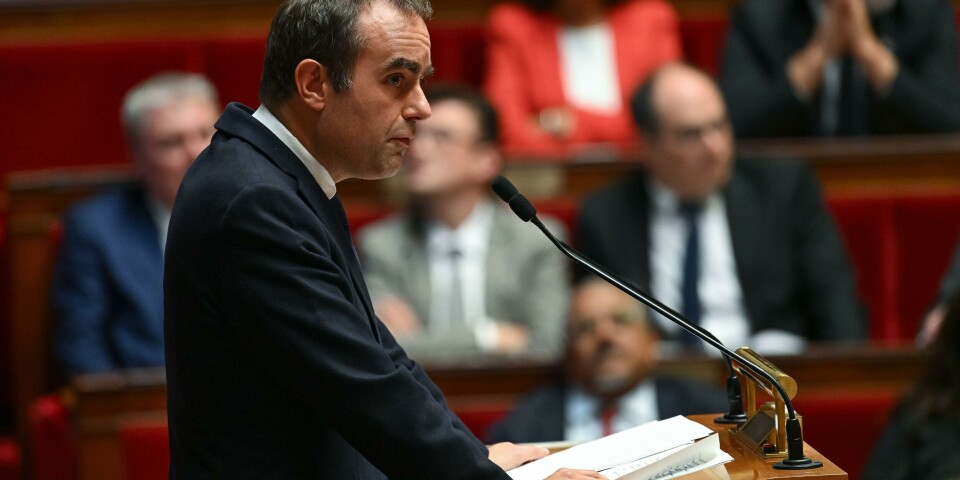-
Cold Christmas in France, but little chance of snow
High-pressure system will move into France from north-east at the start of next week
-
British ‘Puppet Master’ conman in French jail wins phones back on appeal
Robert Hendy-Freegard was given a six-year sentence after hitting two gendarmes with his car
-
Alleged British hacker in jail in France offers to help with police data breach
Recent attack targeted police files
French court rules doctors can allow patients to die
Conseil d’État decides families can be over-ruled

The French supreme court has ruled that doctors can go against the wishes of relatives and opt to end treatment for patients who no longer have the capacity to decide for themselves.
The Conseil d’État, France's highest administrative court, was responding to a case brought by an association of the families of people suffering from traumatic head injuries (UNAFTC). The ruling also follows the court’s decision in March not to allow doctors at a hospital in Marseilles to remove from life support Marwa Bouchenafa, a 15-month-old girl who has suffered severe brain damage after a virus.
On Friday, the court ruled that, in line with a bill passed in February 2016, known as the Claeys-Leonetti law, doctors can decide to stop treatment if they consider it pointless and if the patient's will is not known. The law does not permit euthanasia and stipulates that the doctors must ensure that the patient does not suffer.
The court decided that the doctor remained the only decision maker but had to first consult with those responsible for representing the patient’s wishes. It said they had the right to ask for a court ruling if they disagreed with the doctor.
UNAFTC had wanted the court to declare that such patients had a universal right to life. The judges refused to do so.
François Molinié, a lawyer for the association, told Le Figaro that he objected to the way the legal process worked in individual cases. “Last week a family who had applied to a judge was unable to obtain a ruling in time. The doctor stopped the treatment and the patient died before the judge was able to intervene.”
























